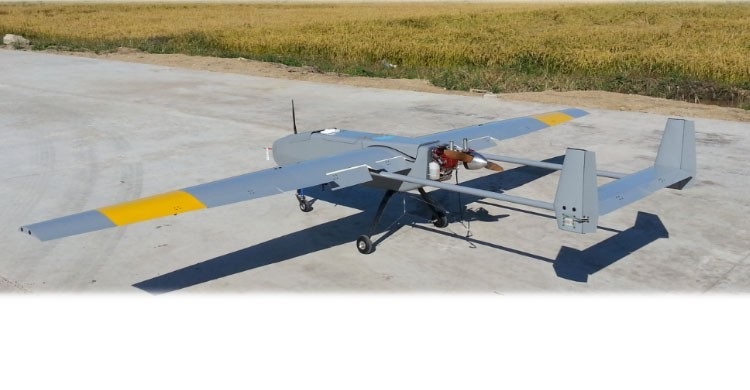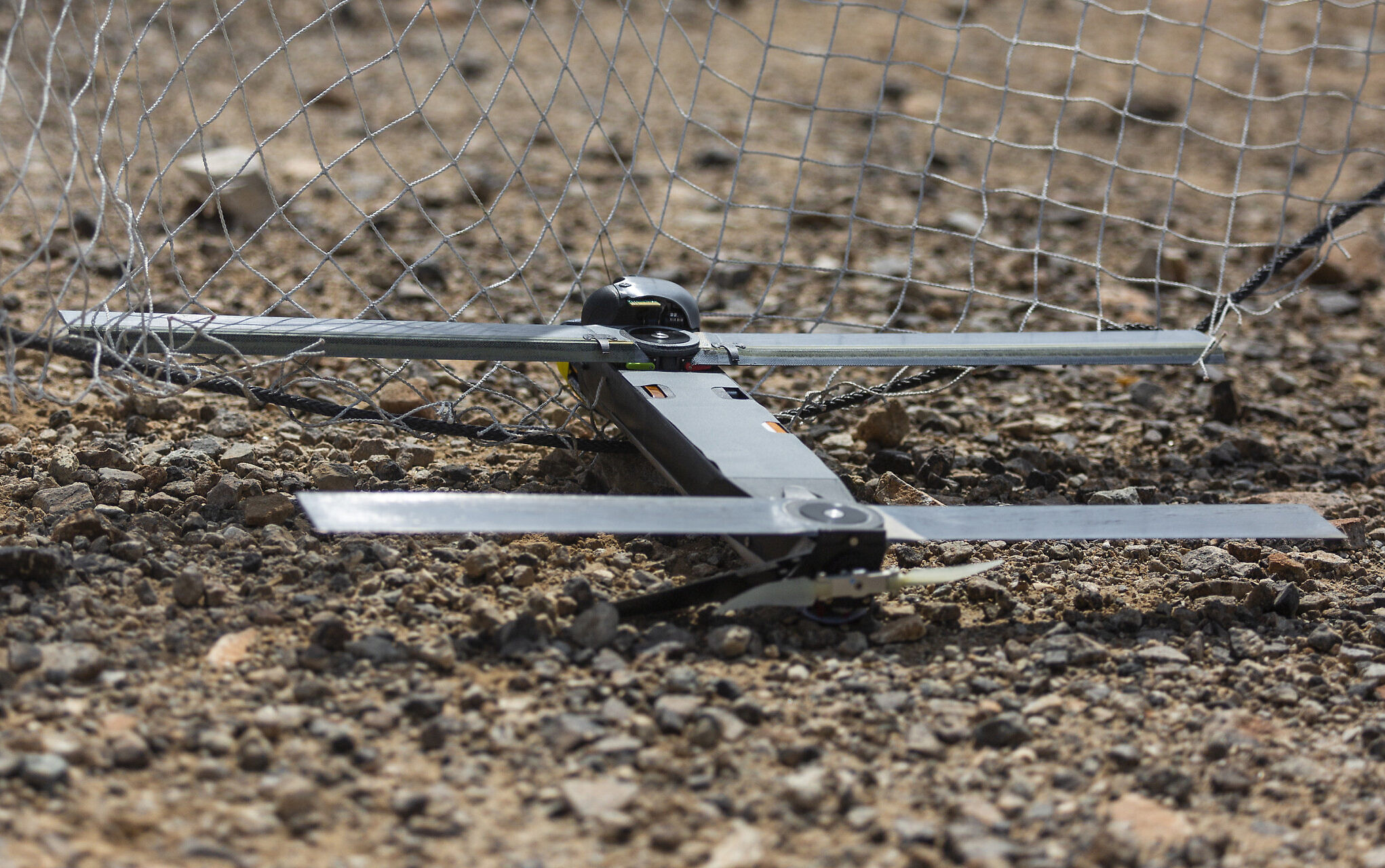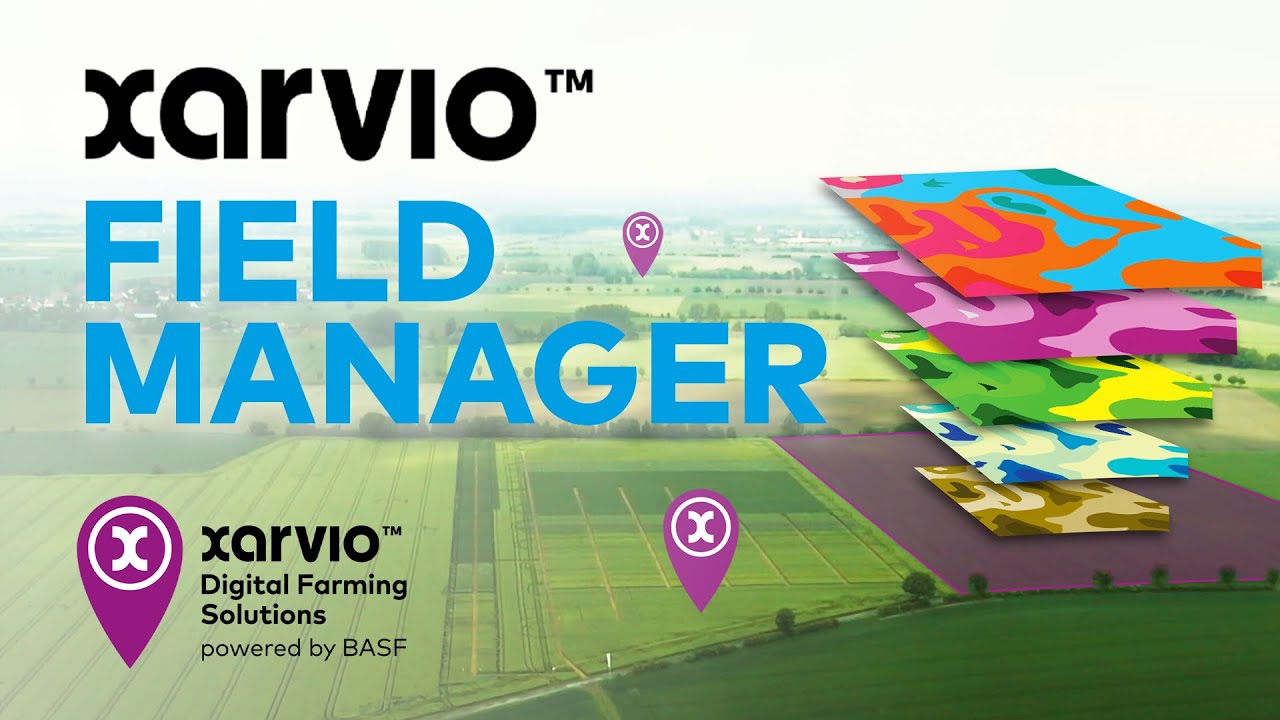
Drones for police are easy to use, fast, and non-armed. They can be used to gather evidence or identify criminals. These unmanned vehicles aren’t legal in every state. However, Minnesota has passed legislation requiring annual reporting. This report documents the use of drones in Minnesota during the year 2020. This article will discuss the pros and disadvantages of police drone usage.
Drones for police are very easy to use
The police have always been curious about new technology and drones are making it easier for them. They are equipped with high definition cameras that can zoom in and out to great thermal images. They can also hover for long periods of duration and fly at night. The drones have become an important tool for police departments. But how do these devices work? Let's take a look at some of the benefits of this technology.
They can be deployed much faster than a search aircraft
Drone law enforcement is more efficient than ground-based search helicopters. In some cases, the speed that a drone responds may be all that is needed to save lives. Because drones can be deployed in just minutes, they can quickly and efficiently cover vast areas without relying on costly ground resources. A drone's camera and sensors enable it to provide a detailed map of a situation, which helps first responders find the subject quickly and safely.

They are not armed
Congress has not approved the use of drones for monitoring protests or other activities, despite the fact that most drone law enforcement officers do not have weapons. The Electronic Frontier Foundation obtained recent documents showing that U.S. Customs and Border Protection thought about arming drones to immobilize their targets with non-lethal weaponry. These drones, which are unarmed, pose a risk to safety, according the Electronic Frontier Foundation.
They can also be used to collect evidence
Drones are a great way to mark a location and capture aerial information. These drones are often used by journalists to capture aerial images and avoid interfering police drones. But it's important to avoid running and hiding when a drone is following you. Police drones use facial recognition software, and they require a sharp image to identify a suspect. Your safety and those of your loved ones are paramount to you being caught.
They could also be used for surveillance
New drones designed for surveillance have vibration dampening motors and brushless motors to reduce their noise levels. This provides an obvious advantage when monitoring distant locations. Drones can stay in air for longer times than traditional surveillance methods (such as airplanes). This decreases the chance of intruders escaping without being identified. Drones are capable of providing high-quality images in real-time that could be used to improve the efficiency and operational efficiency of security teams.

FAQ
Which US states make drones legal?
Legally, you can operate a drone to perform hobby tasks. The Federal Aviation Administration has created guidelines to allow small unmanned aircraft system (UAS) use. These UASs must first be registered with FAA to be allowed to be flown. These UASs can also be flown by commercial operators if they are allowed to fly under certain conditions.
Is it safe for a driver to fly a drone?
Driving a drone is dangerous, as it could cause an accident or crash into another vehicle. You also risk hitting pedestrians or other animals. In addition, you could damage your car by hitting power lines, trees, or buildings.
What are the laws around flying drones?
In the United States, the Federal Aviation Administration (FAA) regulates all aspects of drone operations. A certificate issued by the FAA is required to commercially operate a drone. You must then complete a course on piloting skills and pass an examination. Final, you will need to pay a fee.
How can I keep drones out of my house?
Drones are becoming more common for home surveillance. However they can also be a threat to privacy or security. Install motion sensors on your property to detect any unapproved flying objects. This will help you avoid being attacked by drones.
Is it legal to fly a drone in the United States?
Yes, flying drones can be illegal in certain countries. These include Australia, Canada. Germany, Japan. New Zealand. Singapore. South Korea. The United Kingdom. However, it is legal in other countries like France, Italy, Netherlands, Poland, Russia, Switzerland, Turkey, Ukraine, and Vietnam.
What kind of batteries is a drone using?
The majority of drones run on lithium-ion batteries. A typical drone consumes between 3 and 6.
A drone can spy on you.
Yes, anyone can fly a drone and spy on you. You can protect yourself against drones by being aware of them and avoiding areas where they might fly. Notify 911 immediately if you find a drone in your vicinity.
Statistics
- According to Indeed, a drone pilot gets paid $25.73 per hour on average in the US. (dronesgator.com)
- With the top 10% making over $100/h and the bottom 10% making as low as $10/h. (dronesgator.com)
- Research and Markets predict a growth rate of 51.1% over the next five years. (thedroneu.com)
External Links
How To
How to Fly Drones at a Beginning Level
A drone refers to a remote-controlled aircraft designed for aerial photography, surveillance and scientific research. Drones are a technology that has been around since World War II. DJI introduced their Phantom series of quadcopters in 2010, but commercial use only began in 2010. There have been many types of drones since then, including beginner-friendly drones like the Parrot AR Drone 2.0 and professional-grade multi-rotor crafts like the DJI Mavic Pro.
There are several ways to fly a drone, including;
-
Remote control - This method uses a control device attached to your hand, which enables you to steer the drone through its flight path. There are two types of controllers available: joysticks and on/off switches.
-
Manual Control – This allows remote operation of the drone via GPS coordinates using a smartphone application. You must keep track of the location where you want the drone to go and follow the instructions from the app.
-
Autonomous Flight – This is when the drone handles all the piloting tasks. The drone is able to fly autonomously, without the need for human intervention. To enable autonomous flight, the drone should have a built in camera and sensors capable recording images and data.
-
Triggered flight - This is similar to manual control except that the pilot sets up a preprogrammed route and the drone follows the route until it reaches its destination. After the preprogrammed route is complete, the drone will automatically land and return to its base.
-
Landing Gear: Some drones have landing gear that allows them safely to land in case they lose power or run low on battery.
-
Goggles: Some pilots use goggles in order to protect themselves against debris when operating.
-
Camera – Some drones have cameras, which allow you to take photos or videos from up high.
-
Obstacles – Some drones have obstacle avoidance systems that stop them from colliding with obstacles.
-
Speed - Some drones can reach speeds of over 40 mph.
-
Battery Life - Most drones last between 20 and 3 hours depending on how much power they have.
-
Distance - Some drones can travel up 30 miles depending on the model.
-
Power source – Some drones require external power sources, others require internal batteries.
-
Weight - Some drones can be as light as 1 pound while others can reach 4 pounds.
-
Size - The size of drones varies from small, easily carried devices to more substantial crafts that weigh in excess of 50 pounds.
-
Price - From high-end models that cost thousands of dollars to low-cost options that start at $100, all drones fall under a certain price category.